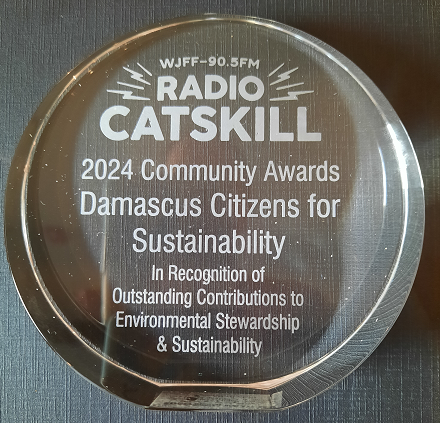Concerns Spread Over Environmental Costs of Producing Shale Gas
July 11, 2010PITTSBURGH PRIESTS: ECO-JUSTICE & CLEAN WATER
July 15, 2010Some energy analysts are predicting that natural gas will be the fuel of the future if advances in drilling technology allow drillers to tap into domestic shale rock formations on a large scale. But because of the impacts that the technology can have on water, natural gas could become our next energy disaster.
In order to extract gas from shale, drillers use a method called hydraulic fracturing, or “fracking” for short. This means injecting millions of gallons of hydraulic fluids—a mix of water, chemicals and sand—into a well to create pressure that cracks open the rocks under the ground, allowing the gas to escape and flow into wells.
This can deplete and contaminate local water. Because a single frack requires millions of gallons of water, fracking can draw down local water resources. Since the fluids contain toxic chemicals, they can damage human health and the environment if they make their way into local water supplies through leaks, spills or underground injection. After fracking, some water flows back up the well along with the gas. This wastewater is difficult to dispose of safely because it may contain toxic fracking chemicals, as well as dissolved solids it picks up underground, some of which may be radioactive. And, methane freed up because of the fracking can make its way through the ground into household wells, which can cause wells and houses to explode because it is highly flammable.
Although the industry argues that fracking is safe, there have been numerous documented cases of water contamination near drilling sites. This is a concern for many communities around the country that have seen a recent increase in drilling using these methods. Starting with the Barnett Shale, in Texas, drillers have turned their attention to shales in Michigan, Arkansas, Oklahoma, and Louisiana. The Marcellus Shale, which covers parts of Pennsylvania, New York, Ohio, Virginia, West Virginia, Kentucky and Maryland, has attracted the most attention.
The government must protect public water from damage from hydraulic fracturing for natural gas. That is why Food & Water Watch is calling for Congress to pass the Fracturing Responsibility and Awareness of Chemicals (FRAC) Act and to put a moratorium on further drilling until the U.S. Environmental Protection Agency conducts a thorough review of the technology’s impacts on human health and the environment.



